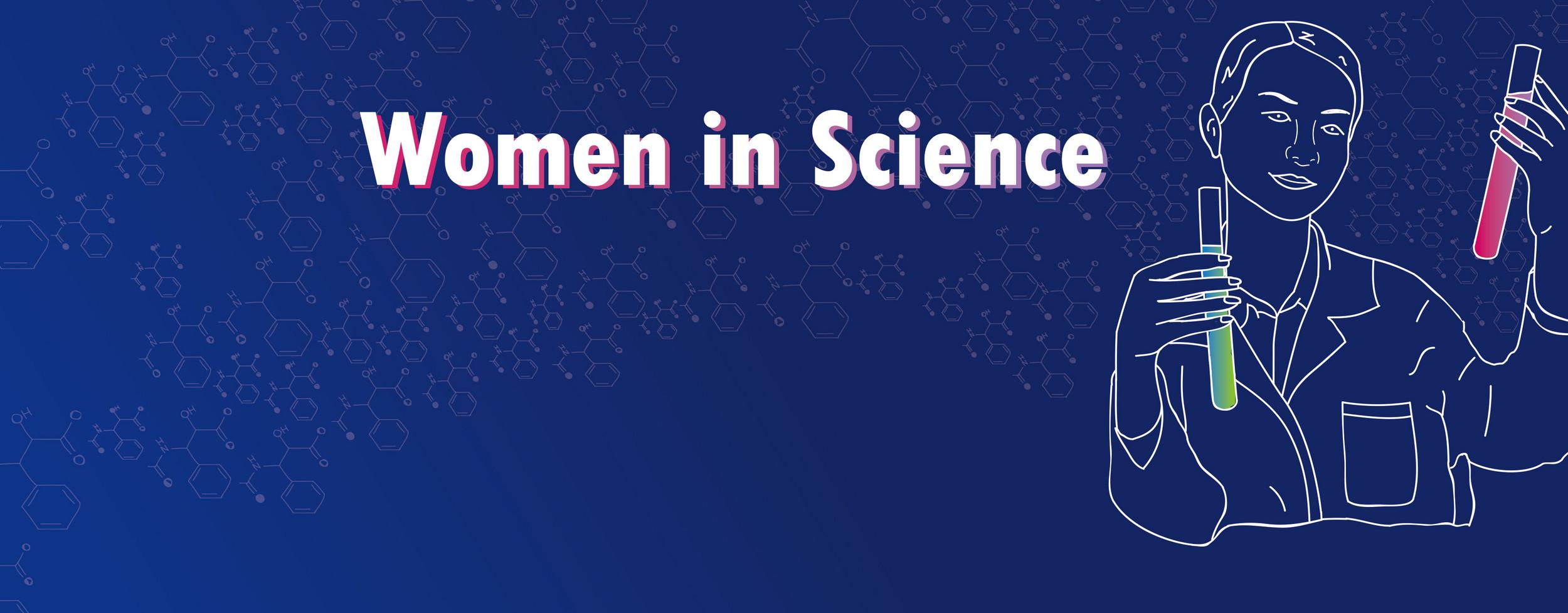
Tianna Brake's journey to science wasn't a straight line. It was more of a winding road, filled with detours, discoveries, and a healthy dose of self-discovery. Sitting in her home office away from her research space at the Grenfell Campus, Memorial University of Newfoundland, Tianna recounts her unconventional path, a story that begins not with Bunsen burners and beakers, but with…sourdough.
"I dropped out of university twice," she admits with a candid smile. "I had some things to figure out." After a period of travel, including a stint in England cut short by the pandemic, Tianna returned to Newfoundland, ready for a fresh start. Initially drawn to midwifery and women's health, she enrolled in prerequisite chemistry and biology courses, a decision that would unknowingly set her on a new course.
"I never even took chemistry in high school," she explains. "But something clicked. I realized I was actually good at this." A pivotal moment came when her supervisor, Dr. Chad W. Cuss, introduced her to a new piece of equipment: a Duetta spectrophotometer. "He basically said, 'Here's this instrument. Figure it out.'"
And figure it out she did. From analyzing water samples to, yes, even scanning her sourdough starter, Tianna immersed herself in the world of fluorescence and metal binding. "That first summer was all about playing around, reading, and learning," she recalls. "I started to see the real-world applications of what I was doing, especially with metal bioaccessibility."
This "playing around" led to serious research. Tianna became deeply involved in a project exploring how pH levels affect the binding of metals to proteins, work that eventually culminated in a published lab experiment designed for senior-level chemistry and environmental science students. "It wouldn't have been possible without that instrument," she emphasizes. "It was incredibly user-friendly, even for a psych student like me."
Yes, you read that right. Tianna is a psychology major, currently working on her honors thesis about parasocial relationships and social media. It's a seemingly disparate field, yet her experience in the lab has profoundly shaped her. "I realized I really like the objective nature of science," she explains. "It's either right or it's wrong. There's a truth to it that I find really appealing."
Here's a summary of the study she conducted with her supervisor, Dr. Chad W. Cuss, and her colleague, fellow student Claire Churchill.
So, in this study by Churchill, Brake, and Cuss – it's called "Effect of pH and Metal Ions on Protein−Metal Complexation Modeled by Fluorescence Quenching," which is a mouthful – the students were looking at how different pH levels affect how metals like copper and lead interact with proteins. They used this protein called bovine serum albumin, or BSA, and basically watched how its fluorescence changed as they added different amounts of the metals. It's a technique called fluorescence quenching. They did this at two different pH levels, 3.4 and 5.1, and then used some fancy math – the Stern-Volmer equation – to figure out how strongly the metals were binding to the BSA. What they found was pretty interesting: copper seemed to stick to the BSA better at the higher pH (5.1), while lead was better at quenching the fluorescence at the lower pH (3.4). Interestingly, the overall quenching effect was weaker at the lower pH for both metals, which they think might be because the BSA protein changes shape at that pH, or maybe because the metals are competing with protons to bind to the protein. The whole point of the experiment was to give the students some hands-on experience with how metals and proteins interact, how pH affects those interactions, and why all of this matters for things like how easily metals can move around in the environment.
The article was published in the Journal of Chemical Education in December 2024: https://pubs.acs.org/doi/10.1021/acs.jchemed.4c00639
While her current research delves into the complexities of human interaction online, her scientific journey has instilled in her a deep appreciation for concrete results. "With chemistry, I can take the theory, apply the equations, and extract data that tells me something objectively true about the world," she says.
Tianna's path to science was unexpected, driven by curiosity, opportunity, and a supportive mentor. And while her future may lie in medicine – she hopes to attend medical school to address the healthcare crisis in Newfoundland – her story is a testament to the power of exploration and the unexpected places where a passion for STEM can ignite. It's a story that highlights the importance of hands-on experience, the thrill of discovery, and the realization that sometimes, the most interesting journeys are the ones you never planned.
Masz pytania lub prośby? Skorzystaj z tego formularza, aby skontaktować się z naszymi specjalistami.